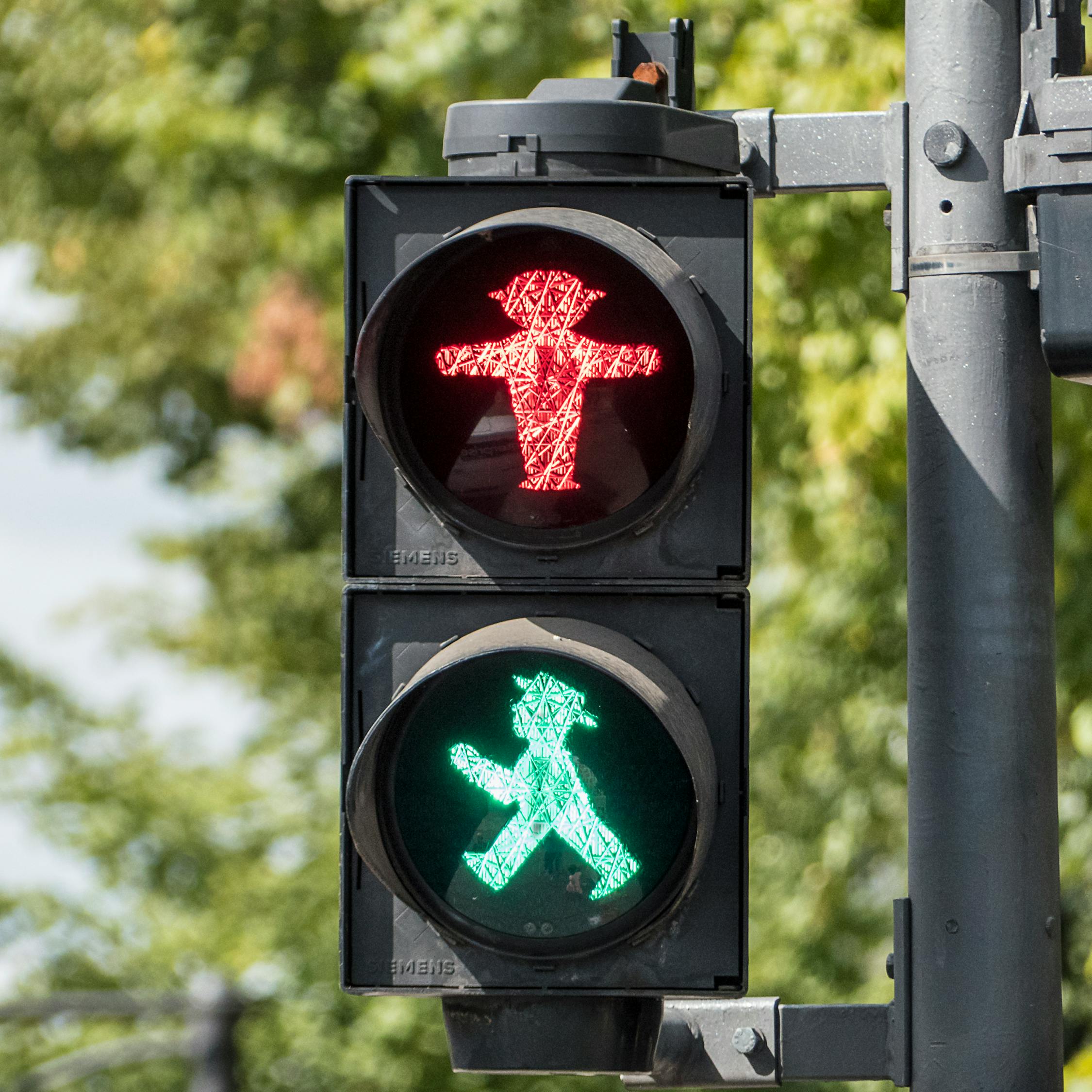Title: Traffic Light PLC Time-Based Controller
Abstract:This project presents the design of a time-based controller for traffic lights using PLC (Programmable Logic Controllers). The controller is based on a pre-set timetable that specifies the duration of each phase of traffic at the intersection. The PLC reads the timetable from a file or database and follows it to control the traffic lights. The system includes sensors to detect traffic and pedestrians to ensure safe and efficient traffic flow. The PLC also receives feedback from the sensors to adjust the timetable and optimize traffic control. The design of the controller ensures that traffic at the intersection is controlled efficiently and safely, reducing traffic congestion and improving travel efficiency.
Introduction:
In modern urban areas, traffic lights play a crucial role in managing the flow of traffic and ensuring the safety of pedestrians and drivers. To enhance the efficiency of traffic light systems, many cities have adopted programmable logic controllers (PLC) to automate the process of controlling traffic lights based on time of day, traffic volume, and other factors. In this paper, we will explore the design and implementation of a traffic light PLC time-based controller that can effectively manage traffic lights in different time segments.

Background:
PLC-based traffic light controllers have been in use for many years, but with the increasing demand for efficient traffic management, there is a need for advanced controllers that can adapt to changing traffic patterns and provide optimal control solutions. Time-based controllers are one such solution that segment the day into different time segments, each with its own set of control rules and priorities. These controllers can be programmed to adjust the timing of traffic lights based on factors like traffic volume, pedestrian flow, and road conditions, providing a more dynamic and efficient traffic management system.
Design:
The design of a traffic light PLC time-based controller involves several key components and steps. The first step is to identify the different time segments of the day, such as morning rush hour, midday, evening rush hour, and overnight. Each time segment is characterized by its own unique traffic patterns and challenges. Next, control rules and priorities are defined for each time segment. These rules can include factors like the number of vehicles allowed to pass through an intersection per minute, the timing of pedestrian signals, and the order of precedence for different types of traffic (e.g., emergency vehicles, buses, cars).
Implementation:
Implementing a traffic light PLC time-based controller involves several steps. The first step is to program the PLC to recognize the different time segments of the day. This can be achieved by setting up a timer or clock function in the PLC software that triggers a change in control rules when a new time segment begins. Next, the PLC is programmed to implement the control rules and priorities defined for each time segment. This can be achieved by writing logic that calculates the number of vehicles allowed to pass through an intersection per minute, the timing of pedestrian signals, and the order of precedence for different types of traffic. The PLC then uses these calculations to generate control signals that are sent to the traffic lights themselves.

Testing and Evaluation:
Once the traffic light PLC time-based controller has been implemented, it is crucial to test and evaluate its performance. Testing can involve simulating different traffic patterns and challenging scenarios to see how well the controller adapts to changing conditions. Evaluation can involve measuring metrics like average wait times at intersections, average travel times through an area, and pedestrian safety metrics. These metrics provide a quantitative measure of how well the controller is performing and whether any adjustments or optimizations are needed to improve performance further.
Conclusion:
In conclusion, a traffic light PLC time-based controller is a promising solution for enhancing the efficiency of urban traffic light systems. By segmenting the day into different time segments and implementing control rules and priorities for each segment, these controllers can provide a more dynamic and efficient traffic management system that adapts to changing traffic patterns and challenges. The design and implementation of such controllers requires careful planning and programming, but with the increasing demand for efficient traffic management solutions, it is likely that these controllers will become more common in urban areas worldwide.
Articles related to the knowledge points of this article:
PLC Frequency Conversion Water Supply Controller
PLC Simple Communication Controller
PLC Controller Connection to Frequency Converter
PLC Controller as a Variable Counter